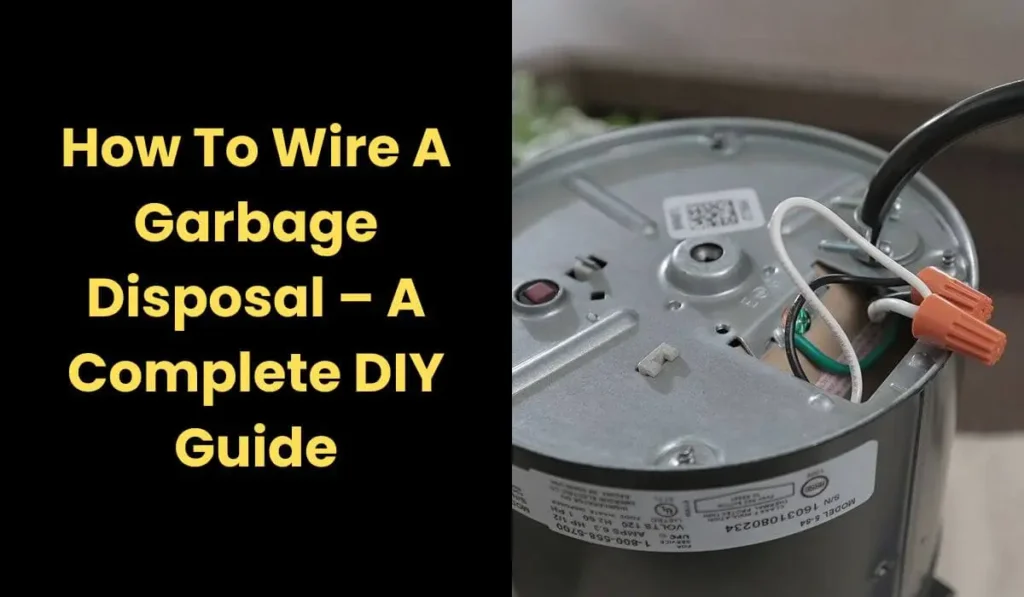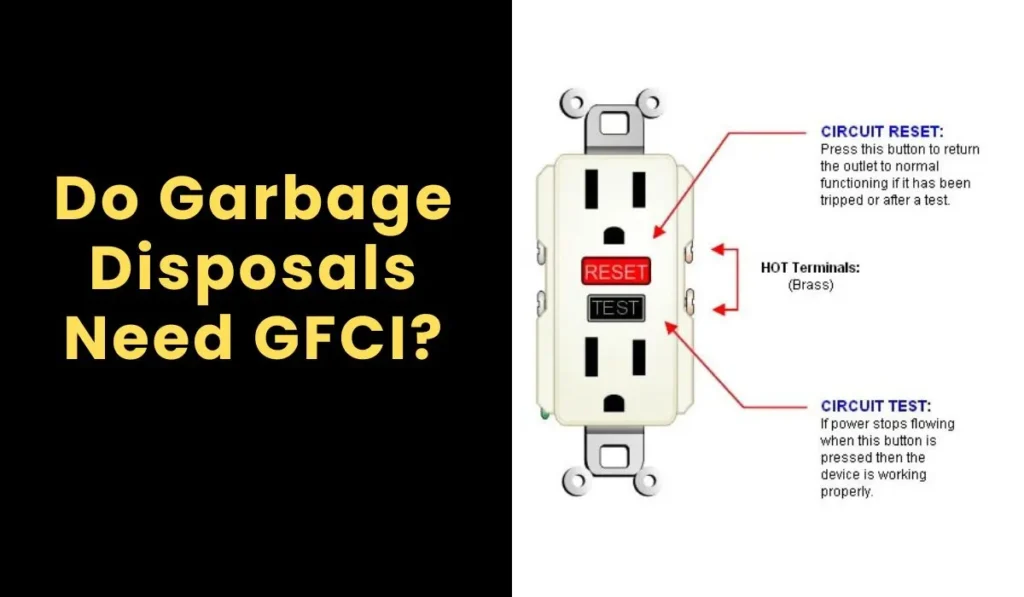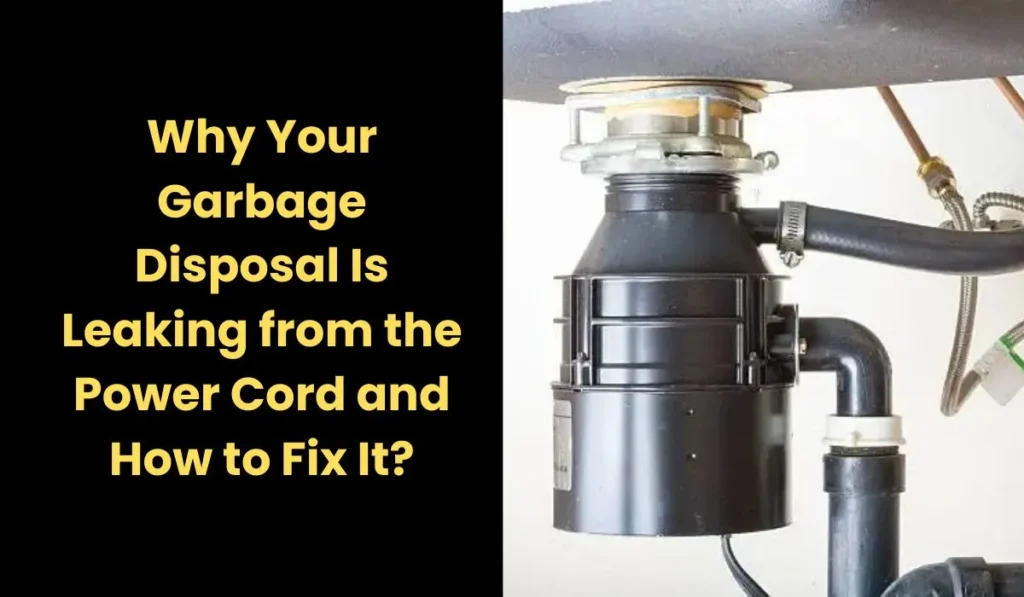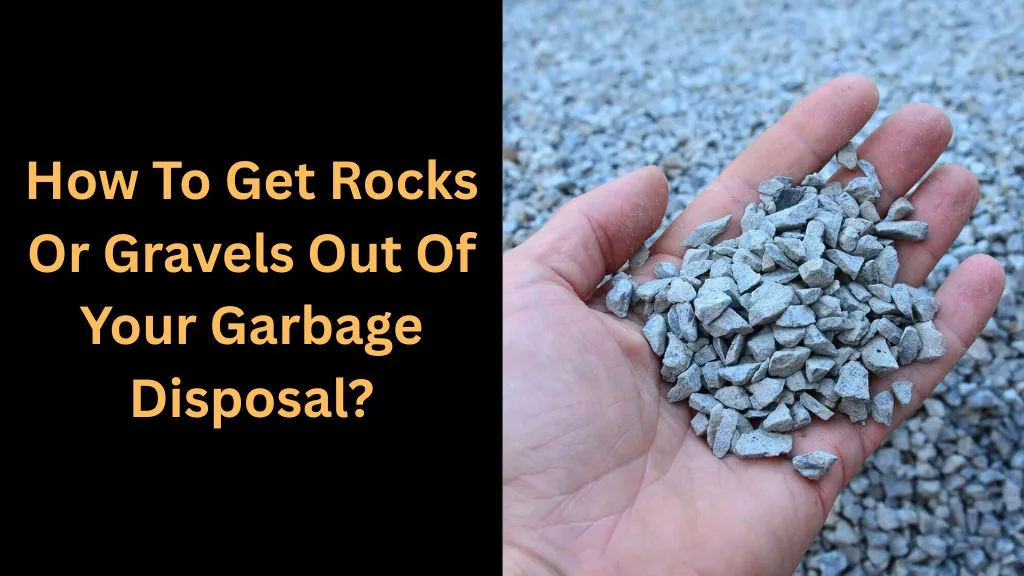5 effective steps to get rid of garbage disposal smell
If your kitchen sink smells bad no matter how often you clean it, your garbage disposal might be the culprit. Over time, bits of food, grease, and grime can build up inside, creating that unmistakable sour odor. The good news? You can get rid of the smell quickly using common household items i.e no fancy cleaners required.
Before you start, always turn off or unplug the disposal for safety. Then follow these five simple and effective steps to deep clean your garbage disposal and keep it smelling fresh.
5 simple and Effective Steps to Get Rid of Garbage Disposal Smell
Step 1: Clean the Rubber Splash Guard
The rubber splash guard (that black or gray ring under the sink) is often where bad odors start. Lift or pull it out, then scrub both sides with a stiff brush or an old toothbrush. Mix baking soda and vinegar into a thick paste and scrub thoroughly especially the underside, where greasy residue and food slime love to hide.
The splash guard traps food particles and bacteria that produce foul smells. A quick scrub with baking soda and vinegar cuts through grime and neutralizes odor-causing bacteria naturally.
Step 2: Wash with Hot, Soapy Water
Plug the sink drain, fill the basin with hot water, and add a few drops of dish soap (a degreasing one works best). Remove the plug and run the disposal as the hot, soapy water flows through it.
Hot water loosens greasy residue, while the soap breaks down oils and food particles stuck to the chamber walls. This simple flush helps rinse out sludge that may be causing odors.
Step 3: Grind Ice and Salt
Drop a handful of ice cubes into the disposal and sprinkle two to three tablespoons of coarse rock salt over them. Turn on the cold water and run the disposal until the ice is crushed completely.
The ice and salt act like a natural abrasive cleaner, scraping away debris stuck to the blades and chamber walls. This process not only eliminates built up gunk but also helps sharpen the disposal’s grinding edges slightly.
Step 4: Deodorize with Baking Soda and Vinegar
Pour about half a cup of baking soda into the disposal, followed by one cup of white vinegar. Let the mixture fizz and bubble for about 10–15 minutes i.e. it’s loosening up hidden grime while neutralizing odor causing bacteria. After the fizzing stops, rinse thoroughly with hot water while running the disposal.
The chemical reaction between baking soda and vinegar safely breaks down grease and grime. It’s an eco friendly way to sanitize the chamber and get rid of lingering smells without using harsh chemicals.
Step 5: Freshen with Citrus Peels
Run cold water and toss in small pieces of lemon, lime, or orange peels. Let the disposal grind them up completely.
Citrus peels release natural oils that freshen the air and leave your kitchen smelling clean. The mild acidity also helps dissolve leftover residue while deodorizing the blades and chamber. Just make sure to cut the peels into small pieces so they grind smoothly.
Bonus Tips for Long Term garbage disposal Freshness
- Use a disposal cleaner if needed: If odors persist, use a commercial garbage disposal cleaner and freshener once a month. These are designed to dissolve buildup and leave a pleasant scent.
- Try a natural booster: For a deep natural clean, sprinkle 3–4 tablespoons of borax into the disposal, let it sit for a few minutes, then rinse thoroughly.
- Avoid problem foods: Keep grease, coffee grounds, fibrous veggies (like celery or onion skins), and eggshells out of the disposal. They tend to stick to the blades or clog the drain.
- Run water every time: Always run cold water before, during, and after using your disposal to flush debris through the pipes and prevent buildup.
Further Reading:
Can You Put Drain Cleaner In A Garbage Disposal?
Is Hot or Cold Water Best for Your Garbage Disposal? Find Out
Can You Put Lettuce & Cabbage Down A Garbage Disposal?
How To Unclog Eggshells In A Garbage Disposal?
Conclusion
A smelly garbage disposal doesn’t mean it’s broken. It just needs a little TLC. With these five easy and effective cleaning steps, you can remove odor causing buildup and keep your kitchen sink smelling fresh year-round.
Make it a habit to clean your disposal once a month using these methods, and it’ll not only smell better but also run more efficiently. A few minutes of care now saves you from clogs, bad smells, and costly plumbing fixes later.
The Author

I’m Muhammad Nabeel Dar, an employee in waste management and the owner of Garbage Waste Disposal with more than four years of experience helping people to control waste and garbage disposals are the best tools to control it. Read more







